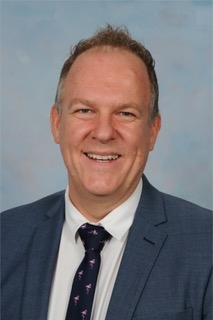It’s not surprising to find a school that is focused on student learning these days. Even still, student learning is an area that we can continually improve in, especially as we look at student-centred pedagogies. Ted Dintersmith (2018) shares that students thrive in environments where they develop:
- Purpose – This is where students have the opportunity to impact real world challenges and make a difference.
- Essentials – Our world is continually changing and students must acquire the skills and mindsets needed in an innovative environment.
- Agency – Students become intrinsically motivated, owning their learning and becoming self-directed.
- Knowledge – Students develop deep and retained knowledge, giving them opportunities to be creative and to share their knowledge with others.
Teachers at Avondale School have all been trained in Project- Based Learning (PBL) with PBLWorks, Through PBL, the goal is to develop pedagogical practices that are focused on the student and learning in a real world context. Part of student-directed learning involves students wrestling through challenging concepts to find solutions that will lead them to make a difference in their world.
Over an extended period of time, students work on a project that is authentic, follows a driving question or provocative prompt – with reflection, critique and revision built in – and culminates in a final product. Throughout the process students are given a greater voice and choice in what and how they’re learning as well as the final product, all while ensuring that the mandated New South Wales curriculum is covered.
As a result of developing and implementing Project-Based Learning units of work, we found that students appeared to engage more with their learning and show a greater interest in personal research. We believe that everyone has the capacity to be creative, so we strive to help students develop their creative abilities.
Today, twenty-first century skills, competencies, soft skills or dispositions are being talked about and encouraged by so many educators, so we also saw the need to embed them into our learning and teaching.
Having the opportunity to work with the New Pedagogies for Deep Learning Network has provided validated tools to gain insights into our own school readiness, to assess where students are at as well as help students conduct their own self-assessments. With these modernized tools, we have the ability to tailor our lesson plans to specifically meet the needs of our students.
Michael Fullan, Joanne Quinn and Joanne McEachen (2018) discuss the global competencies for deep learning that they have identified as Character, Citizenship, Collaboration, Communication, Creativity and Critical Thinking.
Initially, we identified that a proportion of students overstate their abilities in each competency. However, as they learn and collaborate with others they are able to accurately self-identify using rubrics for each competency and then articulate what they need to do to improve.
We are finding that students have a greater engagement in learning, stating that they want to study and work outside of class time. We have also noted a greater student-parent engagement in their child’s learning.
In the near future, we will continue to track student data including their competencies and academic results. We anticipate that student outcomes will continue to improve through a systematic approach to student-centred learning.


5 comments
Thank you Nathan for outlining a valuable tool for learning. Would love to see a follow-up article that gives some examples of the types of PBL projects that you have seen for students at various grade levels.
Good day to all. I am very interested in your pbl curriculum. Can you share it with me? I want to improve my students’ learning capabilities.
Hoping for your positive response.
Thank you for sharing the Avondale journey with PBL. It is certainly a very valuable tool for engaging students and providing opportunities for deep learning
Excellent tool! Thank you for your comment, Mr. Murdoch.
Thank you for this article. How long has your school been involved in PBL? Where do you get the ideas for the projects? Is there a set curriculum book you follow, or do the students help design it? Is it intercurricular?